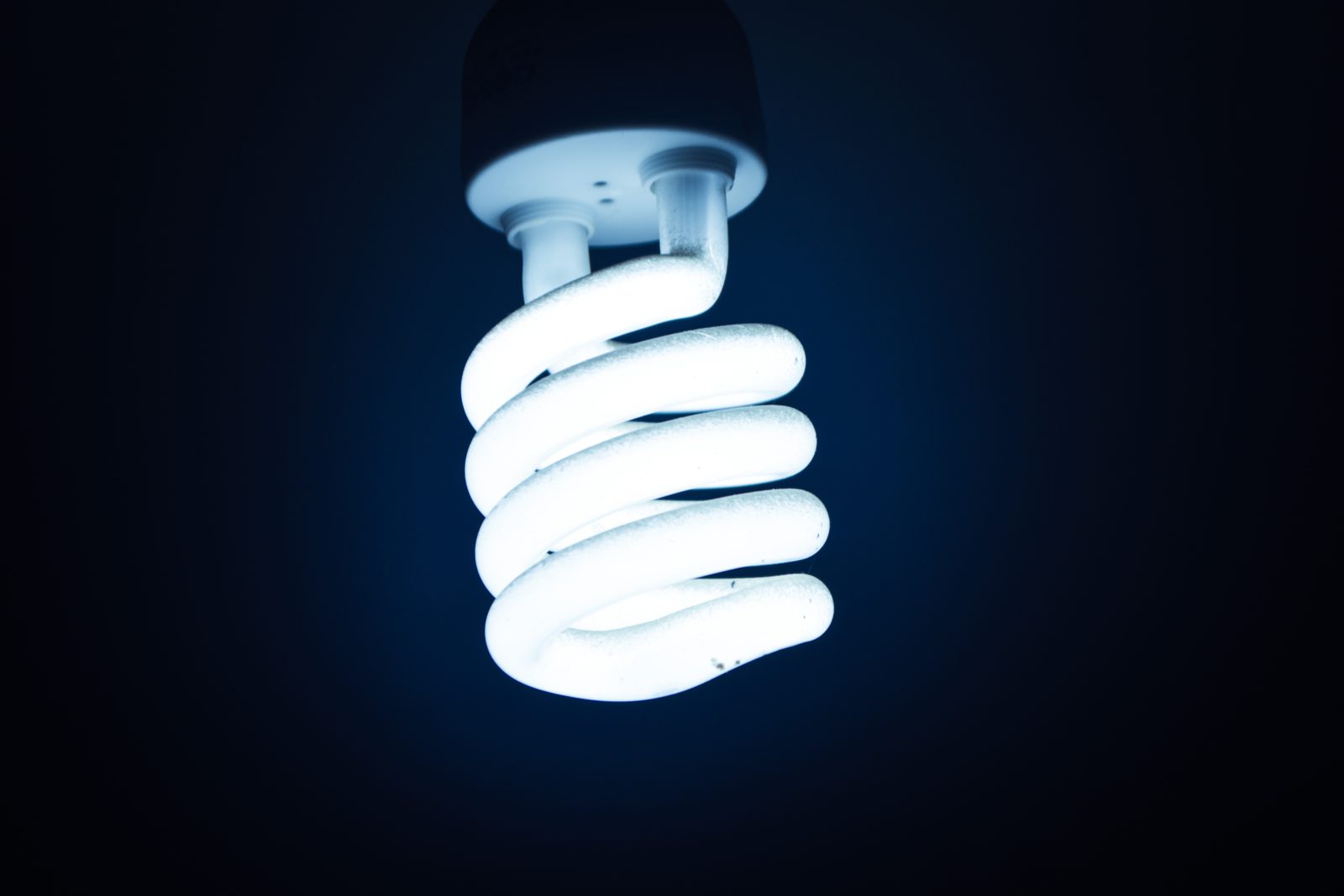Prague must speed up the replacement of sodium lamps in public lighting with LED lights to replace the vast majority of the 136,000 poles by 2030. The production of sodium lamps will end in 2026 due to a decision by the European Union.
Jan Chabr stated this, the chairman of the energy committee of the Prague City Council (TOP 09), added that the city would have to double its annual investment in the modernization of the public lighting network to half a billion Czech crowns. The city also plans to continue installing photovoltaic panels on the roofs of its buildings.
According to Chabr, the acceleration of the replacement is part of a new concept of public lighting that the city leadership should approve by the end of the year. Given the EU decision and the expected stockpiles of sodium lamps after their production ends, the city needs to replace 15,000 lights annually.
So far, the city has replaced a total of about 10,000 lights. The chairman added that although modernization involves relatively high costs, LED lights represent savings of up to 40% in electricity consumption compared to older technology.
The city also plans to install solar panels on its buildings. According to Chabr, photovoltaics are currently being installed on about 25 buildings, and about 200 roofs are expected to be equipped soon. In the future, according to previous statements, this number could increase to 7,000. For this reason, the city established the Prague Community of Renewable Energy (PSOE) in the last electoral term.
Chabr stated that the City Council is waiting, among other things, for the shape of a new bill being discussed in the Chamber of Deputies. According to current legislation, electricity generated from panels can only be used in the building where it is generated. After the bill’s approval, sending it to the distribution network and using it elsewhere should be possible.
This is crucial, according to Chabr, because schools, for example, have virtually no consumption during the summer holidays but can be equipped with panels to generate electricity that can be used elsewhere.





